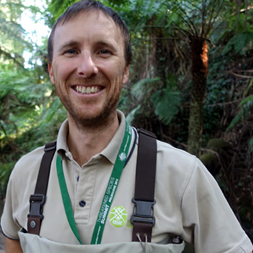Video
Beyond tracks and scats: The power of eDNA for aquatic monitoring
Unveiling and monitoring aquatic biodiversity with eDNA.
About
Get ready to revolutionalise your work with environmental DNA (eDNA) monitoring. This cutting-edge technology is like a microscopic detective, revealing the hidden aquatic life beneath the surface. It's an emerging technology that can provide a highly sensitive and cost-effective method for monitoring aquatic fauna, from platypuses to micro-organisms.
During this free webinar participants will learn more about eDNA and how it can benefit your work. Experts will provide an overview of eDNA technology, including:
- Different types of eDNA analysis;
- Case studies of successful eDNA applications;
- Best practices for collecting and analysing eDNA samples;
- Live Q&A.
**Further training opportunity**
Want to learn more? We’re excited to offer the first ever, live online course in eDNA. Click the link below 'View upcoming course for this topic' for more information!
Presenters
Josh Griffiths
EnviroDNA
Panel Members
Emma Walker
EnviroDNA
Haylo Roberts
EnviroDNA
Krey Price
International Water Training Institute






